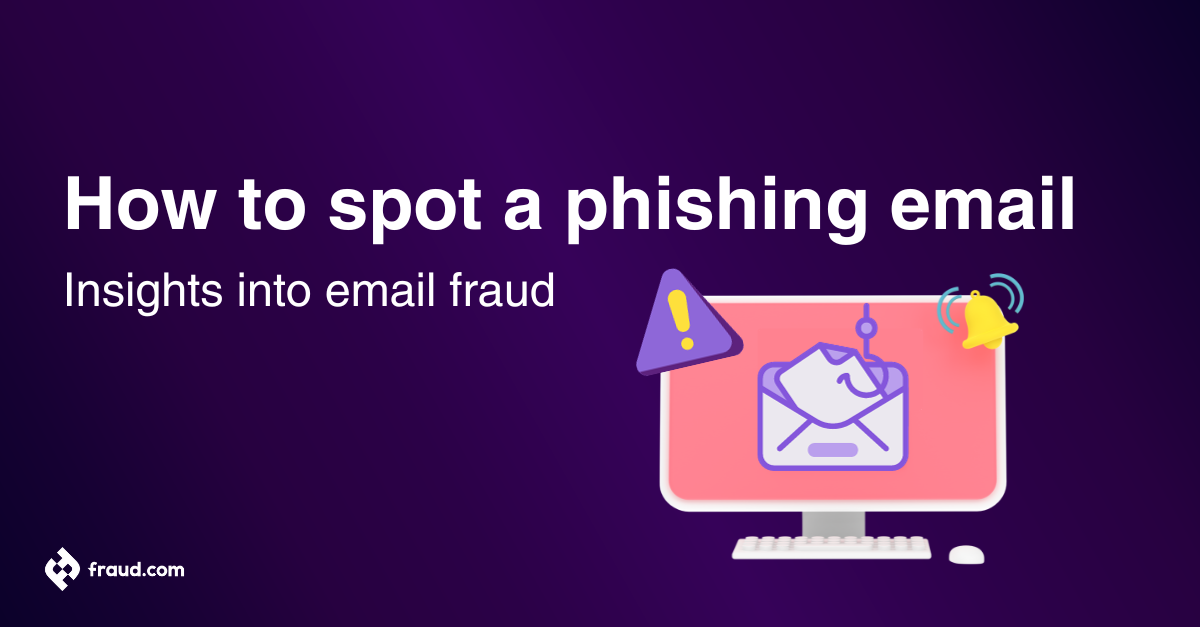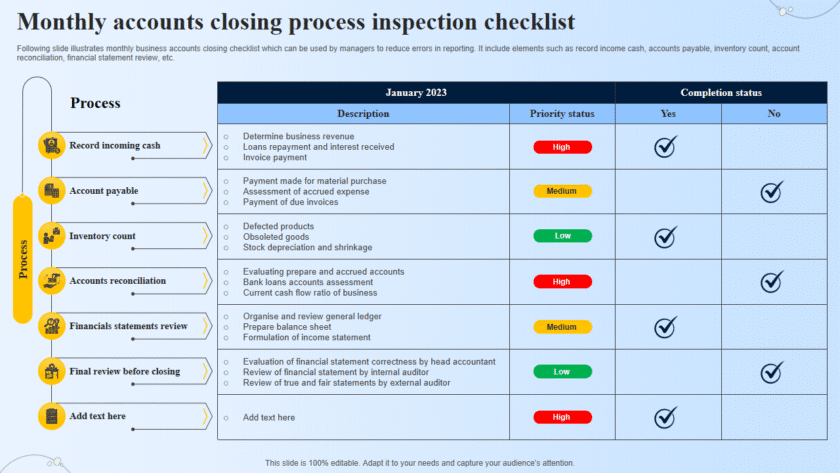How to Spot and Avoid Phishing Emails
Phishing emails are one of the most common tricks cybercriminals use to steal sensitive information like passwords, credit card numbers, or banking details. They look like real messages from trusted companies — but clicking on the wrong link can cost you your data, money, or even your identity.
To stay safe, you need to know how to spot phishing emails and what to do when you receive them.
1. Look at the Sender’s Email Address
Phishers often fake the sender’s name but use a suspicious email address.
- ✅ A real bank might email you from support@yourbank.com
- ❌ A phishing email might come from support@bank-secure-login.xyz
Always check the actual email address, not just the display name.
2. Watch Out for Urgent or Threatening Language
Phishing emails often try to scare you:
- “Your account will be suspended in 24 hours!”
- “We noticed suspicious activity. Verify now!”
Legitimate companies rarely pressure you with fear tactics.
3. Beware of Links and Attachments
- Hover your mouse over any link to preview the real URL.
- If it looks suspicious or unrelated, don’t click.
- Never download attachments from unknown senders — they may contain malware.
4. Check for Spelling and Grammar Mistakes
Professional organizations usually proofread their emails.
Phishing emails often contain:
- Misspellings
- Awkward grammar
- Strange formatting
Example: “Your accunt has been suspnded. Clik here to reactive.”
5. Too Good to Be True Offers
If an email says you’ve won a lottery, free iPhone, or huge discount you never signed up for — it’s almost always a scam.
6. Verify with the Company Directly
If you’re unsure about an email:
- Don’t reply or click.
- Go to the official website by typing the URL into your browser.
- Call the company’s customer service to confirm.
7. Use Security Tools
- Enable spam filters on your email account.
- Use antivirus software that detects phishing sites.
- Turn on two-factor authentication (2FA) for your accounts — so even if your password is stolen, hackers can’t log in.
✅ What to Do If You Spot a Phishing Email
- Do not click any links or open attachments.
- Mark it as spam/phishing in your email app.
- Report it to your email provider or the organization being impersonated.
- Delete the email immediately.
⚡ Conclusion
Phishing emails are getting more sophisticated, but with a sharp eye and safe online habits, you can spot them before it’s too late. Always check the sender, avoid clicking suspicious links, and verify messages directly with the company.
Staying cautious could save you from identity theft, financial fraud, and major security risks.






